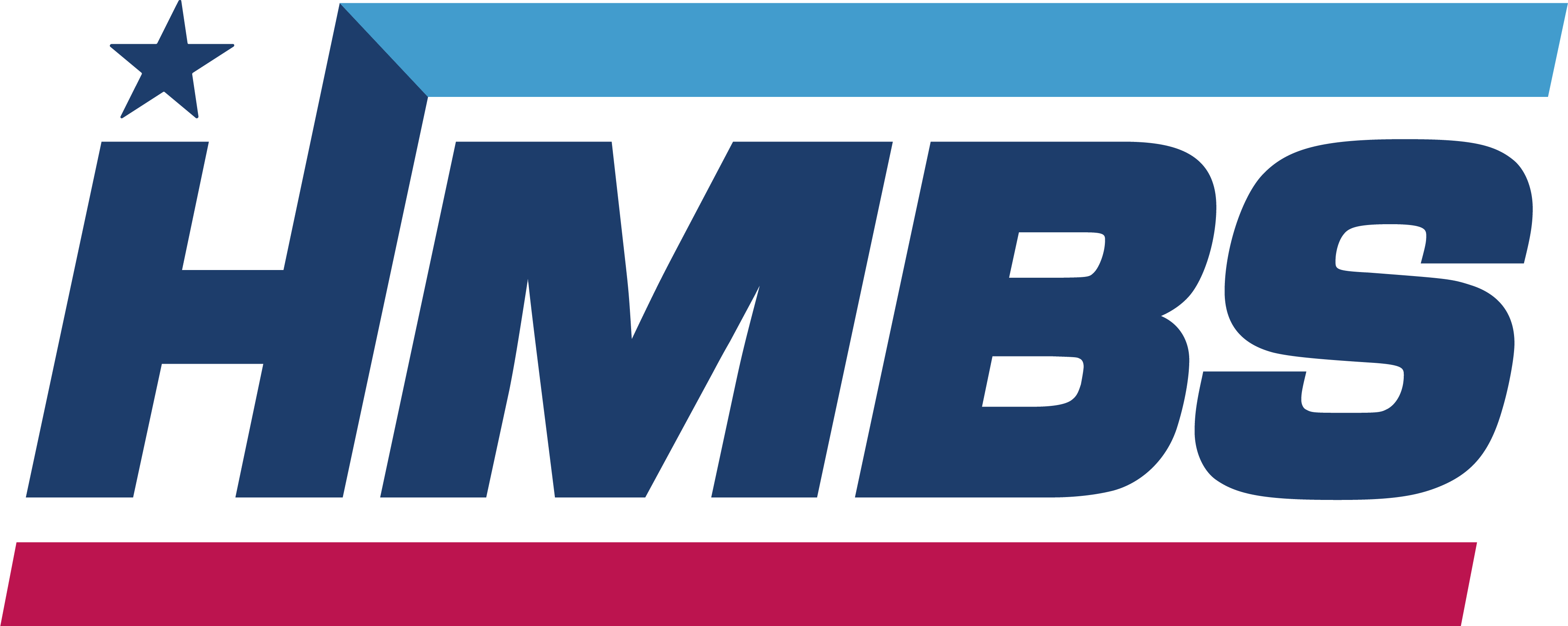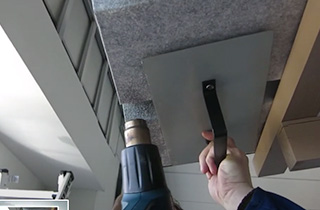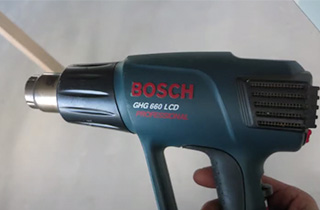Protect Your Investment with DripStop
Don’t let condensation from your metal roof cause the contents of your building to be rained on, DripStop anti-condensation membrane is a cost-effective solution for preventing dripping caused by condensation.
Save Money on Installation
Cuts Down Construction Time
Durable, Rip & Tear Resistant
Helps fight Corrosion
No Bird Nesting Troubles
Easy to Clean



